A pretty good Billy Joel album, and a simply great day of design thinking I experienced just the other week at the Philip Johnson Glass House. I was fortunate to take part in a Glass House Conversation hosted by John Maeda on the subject of Simplicity. Keen readers of metacool will no doubt recall that Professor Maeda’s book The Laws of Simplicity is one of my all-time favorites (be sure to watch his brilliant TED talk here). His thinking has had an enormous influence on my work.
Each of the attendees were asked to be the guru for one of the ten laws of simplicity. I chose the 5th law, Differences, which states that simplicity and complexity need each other. I spend a lot of my time designing and implementing organizational systems which enable people to do things they otherwise couldn’t. I find time and time again that solutions that aspire only to simplicity tend toward the simplistic, and those that embrace only complexity veer off toward a morass of complexity. Balancing the two, and figuring out where to place the complexity so that it creates value, and how to position the simplicity to extract that value, is the art. Here’s the illustrative example I brought with me to the Glass House, a snapshot of the dashboard from a Toyota Prius (you were expecting something other than a car from me?):
The cockpit of the Prius is one of the simplest on the market. A digital readout replaces traditional gauges, buttons are few in number and highly considered in placement, and even the gearshift is just about going foward or backward or not. And yet the Prius is arguably the most complex car you can buy. Its gas-sipping nature stems from having not one but two motors, connected to the driving wheels by a fiendishly clever transmission orchestrated by a suite of chips of immense processing power. All of that complexity without a mediating layer wouldn’t be the car that non-car people love to own and operate. The Prius is a great example of the 5th law.
I saw the law of Differences in action at the Glass House. Having only ever seen the Glass House in history books, I didn’t have a feel for the complexity of the campus on which it stands. Over time, Philip Johnson built a family of structures which work together in quite interesting ways. For example, did you know that the Glass House has a sister structure in the Brick House? Here’s a view of the two of them:
All of the mechanical needs of the Glass House are met by the Brick House. An underground umbilical shaft connects the Glass House to a feed of heat from the Brick House. The Brick House also contains a bedroom for those times when one might like to engage in… er, some more complex acts of human nature than would be appropriate in a public setting. A Glass House without a Brick House to power and feed it would be untenable. Even from a purely formal aesthetic sense, the two houses work better together than apart. Simplicity and complexity need each other.
I really enjoyed the afternoon of conversation on design, business, technology and life. I’ve had a fortunate life of exposure to some pretty amazing people and experiences, and this was right up there. I’d like to show you some photos, not to gloat, but to share some fun stuff from the day in the name of creativity and openness.
An amazing group of chefs prepared a meal for us in the Glass House. It centered on themes of simplicty. Wine was served.
We sat at table together and talked and ate and watched the weather go from stormy to sunny and back again. You can’t help but be immersed in the weather in this architecture.
We had assigned seats. I sat in a white chair and ate more than my fair share of the edible centerpiece, which was quite tasty in its own right. This is my favorite photo from the day:

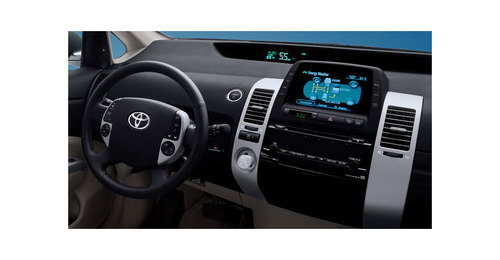
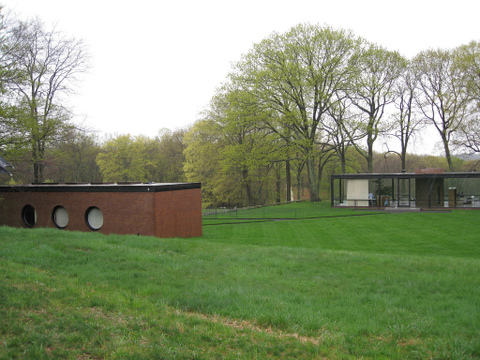
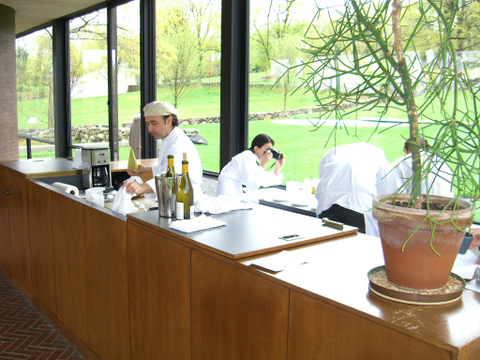
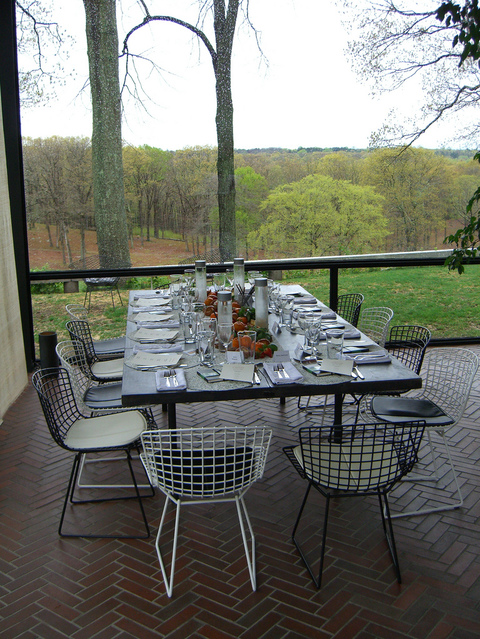
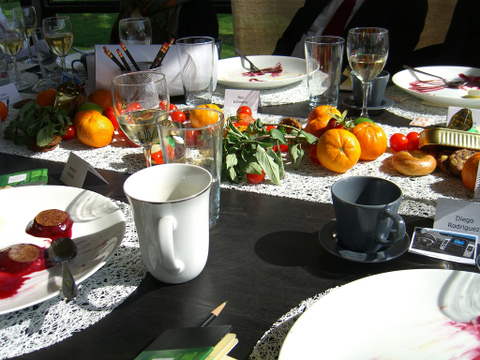
An even more simple glass house is the Farnsworth House, designed by architect Ludwig Mies van der Rohe: http://www.farnsworthhouse.org/index.htm.
It is more simple in that it does not have a ‘brick house’ to accompany it. It simply exists, almost in mid air.